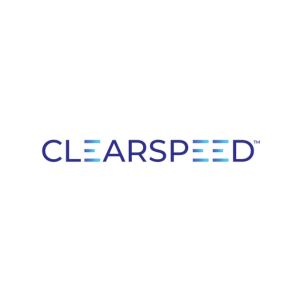
By futureTEKnow | Editorial Team
OpenAI just made a headline-grabbing move, and it’s not just about the latest model or a new chatbot feature. The company is shaking up its cloud strategy, shifting away from its exclusive reliance on Microsoft Azure and bringing Google Cloud’s TPUs (Tensor Processing Units) into the mix. This isn’t just a technical footnote—it’s a major strategic play with big implications for the future of AI infrastructure and the competitive landscape.
For years, OpenAI and Microsoft were joined at the hip. Azure was the backbone for ChatGPT and other OpenAI products, and Microsoft’s multi-billion dollar investment cemented that relationship. But with the expiration of an exclusivity clause in early 2025, OpenAI suddenly had options. The company is now spreading its massive compute needs across multiple providers, including Google Cloud, Oracle, and CoreWeave.
This move is about more than just flexibility. Microsoft is no longer just a partner—it’s also a competitor, pouring resources into its own AI models and infrastructure projects like “Project Stargate.” For OpenAI, relying on a single vendor that’s also a rival is a risky proposition, especially as the company’s user base and energy requirements skyrocket.
So, why Google Cloud? The answer lies in the hardware. Google’s TPUs are custom-built for AI workloads, offering impressive speed and energy efficiency for deep learning tasks. Compared to Nvidia’s GPUs, which are the industry standard and offer more versatility and VRAM, TPUs can deliver faster performance for specific neural network operations and at a lower cost for certain use cases.
For OpenAI, this isn’t just about raw power—it’s about cost. Compute expenses are the company’s single biggest line item, making up more than half of its operating costs and projected to climb even higher. Google claims it can run AI compute at a fraction of the cost of Nvidia-powered setups, and the price difference is already showing up in model pricing. For example, Google’s Gemini 2.5 Pro is priced at $10 per million output tokens, while OpenAI’s own o3 model is at $40 per million.
OpenAI’s multi-cloud strategy is a sign of the times. As AI adoption explodes, companies are looking for ways to avoid vendor lock-in, optimize costs, and access the best hardware for their specific needs. Google benefits by landing one of the biggest spenders in AI as a cloud customer, even if it means powering a direct competitor to its own search business.
For the rest of the industry, this shift is a wake-up call. The days of single-provider cloud deals are numbered, especially in AI, where flexibility, performance, and cost savings are all on the line. Expect to see more companies following OpenAI’s lead—shopping around for the best infrastructure and refusing to put all their eggs in one cloud basket.
OpenAI’s embrace of Google Cloud TPUs isn’t just a technical upgrade—it’s a strategic move that reflects the evolving realities of the AI arms race. The future of AI infrastructure is multi-cloud, hardware-diverse, and fiercely competitive. If you’re building or investing in AI, it’s time to rethink your own cloud strategy.
Founded in 2018, futureTEKnow is a global database dedicated to capturing the world’s most innovative companies utilizing emerging technologies across five key sectors: Artificial Intelligence (AI), immersive technologies (MR, AR, VR), blockchain, robotics, and the space industry. Initially launched as a social media platform to share technology news, futureTEKnow quickly evolved into a comprehensive resource hub, spotlighting the latest advancements and groundbreaking startups shaping the future of tech.

Bridgit Mendler’s Northwood Space is pioneering mass-produced ground stations, enabling scalable, high-speed connectivity for the new era of satellite networks and megaconstellations.
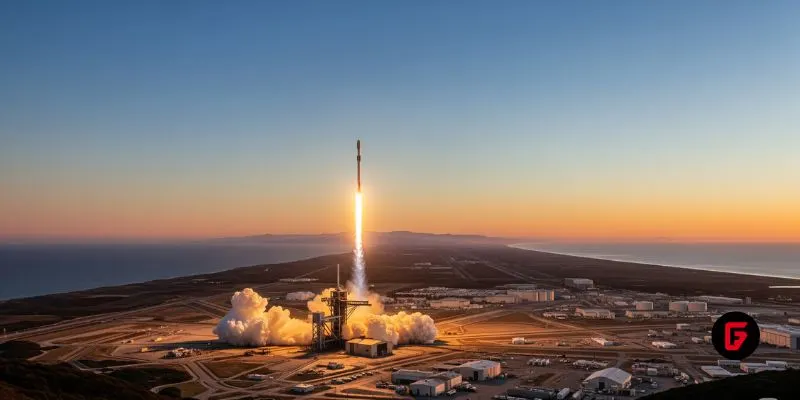
SpaceX aims to nearly double launches from Vandenberg in 2025, facing support from federal agencies but strong objections from the state and local communities.
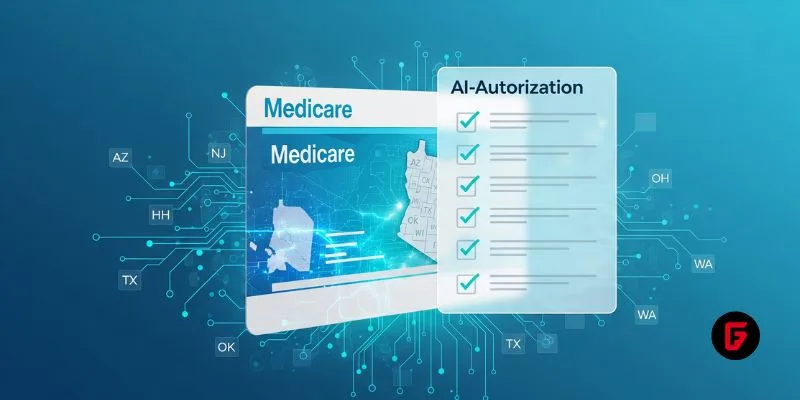
Traditional Medicare will pilot AI-assisted prior authorization in 2026 across six states, focusing on high-risk outpatient services. Clinicians retain final say, but incentives and access concerns loom as CMS tests fraud reduction and “gold card” exemptions. Here’s what providers and patients should know.
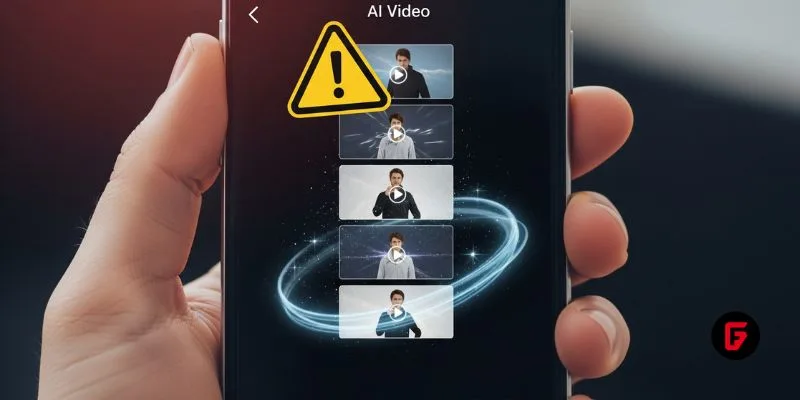
OpenArt’s new “one-click story” compresses scripting, visuals, and edits into ready-to-post short videos—fueling viral growth and a fresh IP debate. We break down how it works, adoption signals, what’s next (multi-character, mobile), and practical guardrails creators and brands should follow to stay original and compliant.
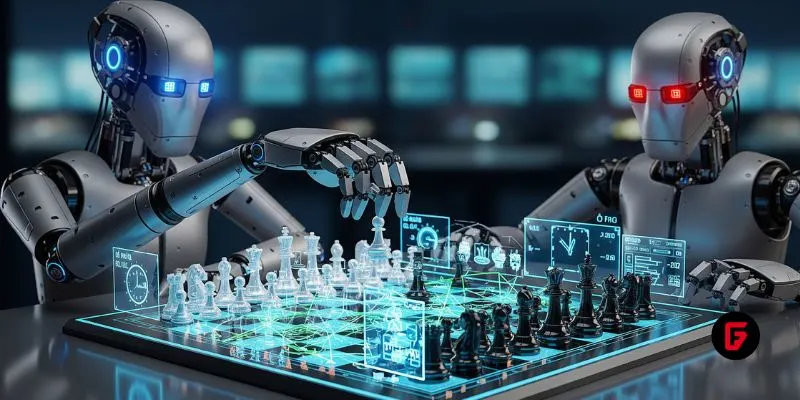
OpenAI’s o3 swept the Kaggle AI chess tournament, defeating xAI’s Grok 4–0. The victory fueled the intense rivalry between Altman and Musk, reshaping AI benchmarks.
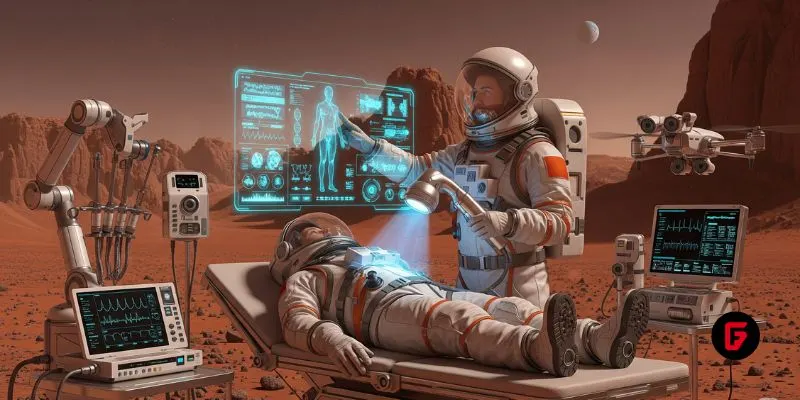
NASA and Google’s AI-powered Crew Medical Officer Digital Assistant enables autonomous diagnoses for astronauts on Mars missions, redefining remote healthcare for space and Earth.
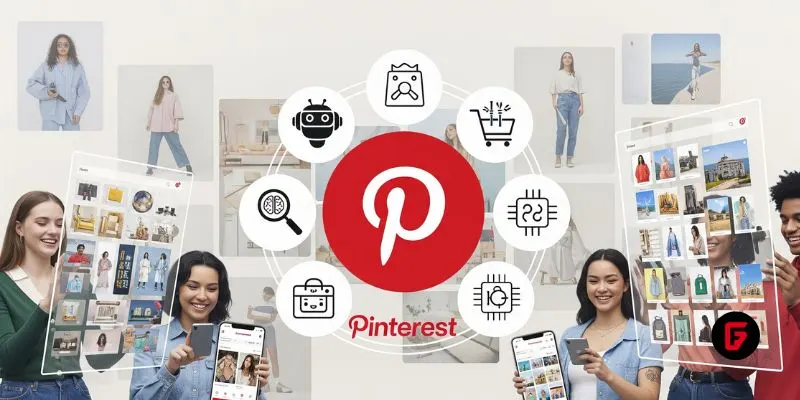
Pinterest’s CEO confirms that fully agentic AI shopping is years away, as the platform invests in AI-powered tools to enhance discovery, inspiration, and personalized shopping experiences for millions.
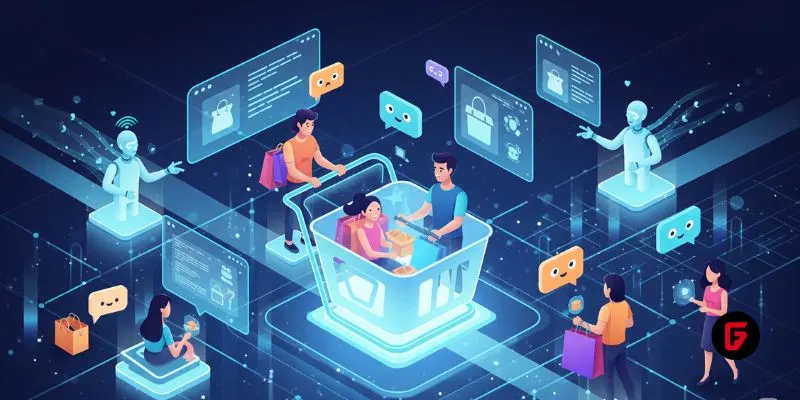
Shopify’s new AI shopping tools are transforming e-commerce, letting agents and chatbots deliver smooth, personalized shopping and checkout experiences across platforms. Learn how these innovations reshape online retail.
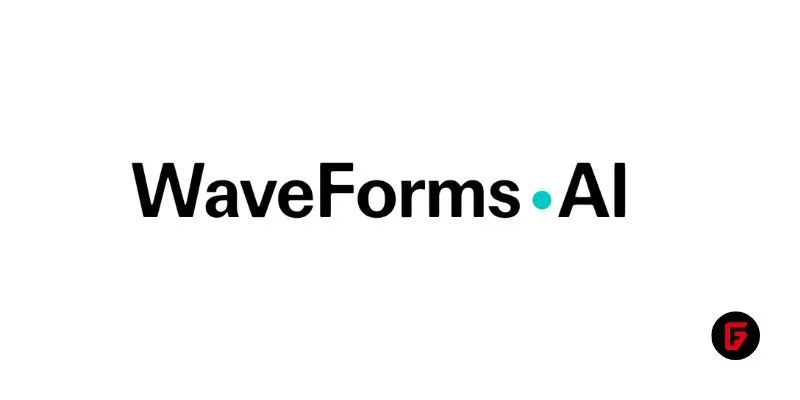
Meta has acquired WaveForms AI, a startup pioneering emotion-detecting voice technology. Learn what this means for Meta’s AI voice ambitions and the future of AI audio.
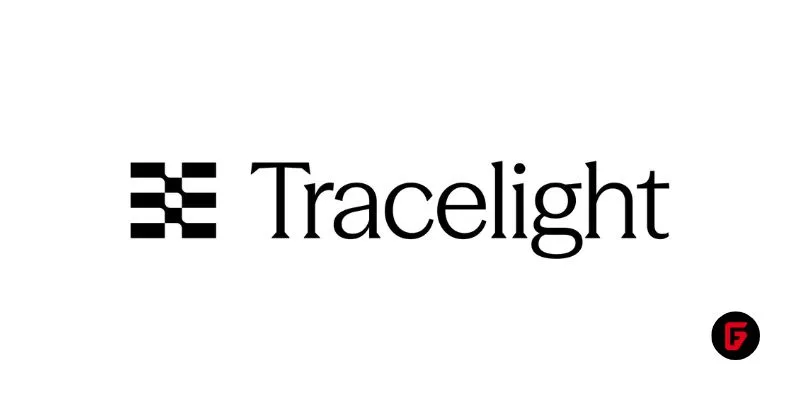
Tracelight is revolutionizing financial modelling for finance professionals with AI-powered Excel tools that automate complex tasks, reduce errors, and unlock new analysis capabilities. Learn how this next-gen solution changes the future of spreadsheets.

China’s Lanyue lander completed its first major test, showcasing advanced engineering for safe, crewed moon landings before 2030. Explore how this milestone shapes the space race.
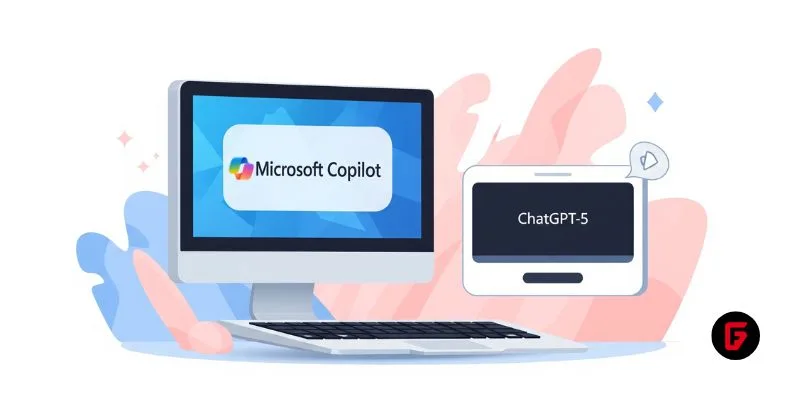
Microsoft rolls out GPT-5 across its Copilot suite, integrating smarter AI for enterprise and personal users. Discover new features, free access, and what sets this launch apart.
To provide the best experiences, we use technologies like cookies to store and/or access device information. Consenting to these technologies will allow us to process data such as browsing behavior or unique IDs on this site. Thanks for visiting futureTEKnow.